Do you feel like spring weeds in Ohio are causing mayhem on your lawn?
With the warmer weather and increased rainfall, spring lawn weeds in Ohio can run rampant. Sometimes it’s seemingly out of nowhere that they start popping up. One day your lawn seems fine and then, next thing you know, weeds have spread everywhere.
But it doesn’t take much for weeds to grow and spread. A few warm days, a little bit of rain, and now you’ve got a full-blown problem on your hands.
There are 10 common spring lawn weeds in Ohio that tend to cause quite a bit of trouble in our region. We call these the “Mayhem 10” since they can wreak havoc on a lawn.
The “Mayhem 10” Includes:
1. Dandelions
2. White Clover
3. Wild Violets
4. Corn Speedwell
5. Crabgrass
6. Hairy Bittercress
7. Lesser Celandine
8. Nutsedge
9. Black Medic
10. Chickweed
These 10 weeds can be a major source of frustration. Fortunately, there are solutions. With the right weed control plan of attack, you can prevent weed chaos from taking over your lawn!
The Mayhem 10: Ohio Lawn Weeds Gone Wild
While this is not an exhaustive list of spring weeds in Ohio, these 10 are particularly troublesome. The first step in initiating order in your lawn is diagnosing what you’re dealing with.
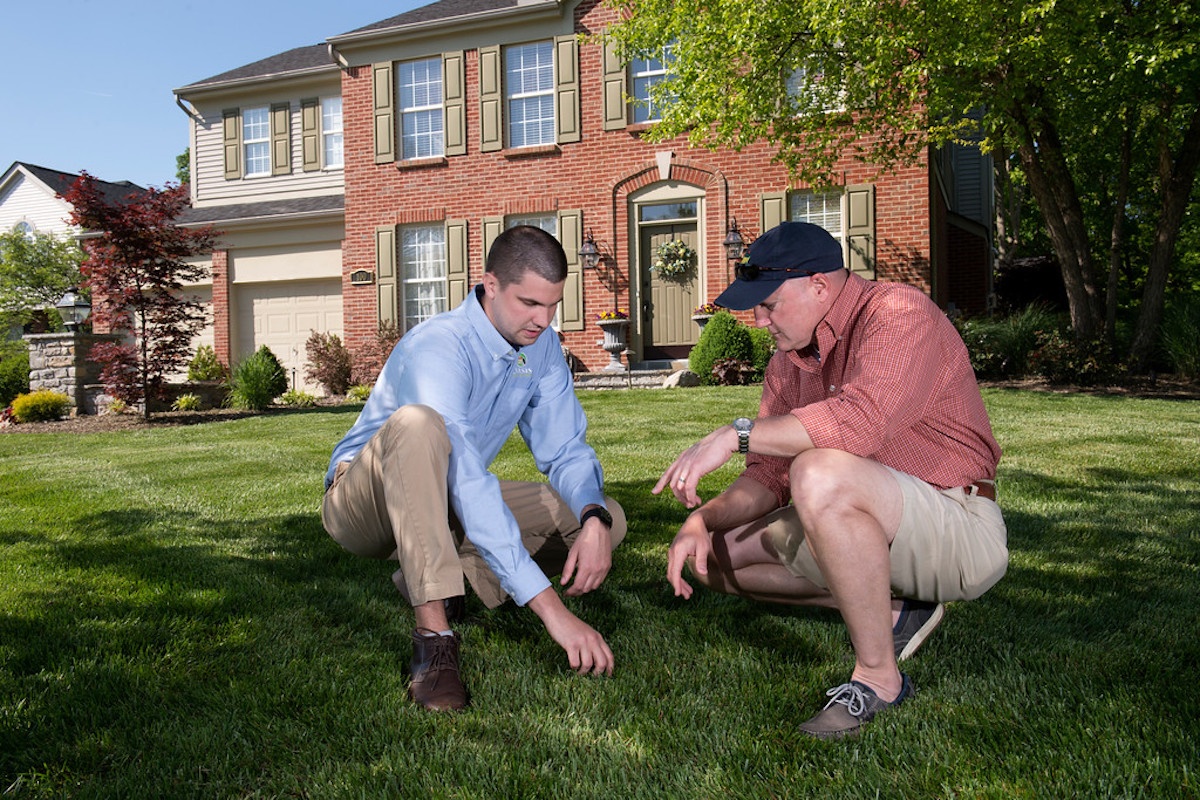
Here’s a line-up for the Mayhem 10.
1. Dandelions
Dandelions are common meadow flowers of the sunflower family. They have a “cute name” derived from their leaves’ jagged appearance (which resembles a lion’s tooth). However, these pesky weeds are anything but cute! Dandelions can become an eyesore and also impact your lawn’s growth by establishing deep roots and competing for nutrients.
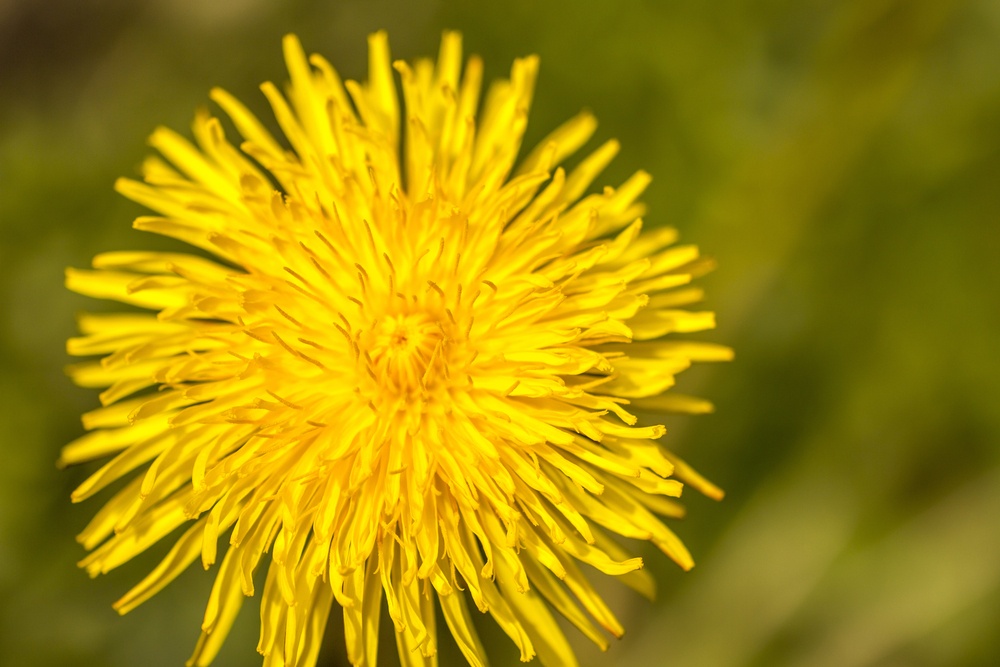
2. White Clover
White clover is a perennial with a shallow root system. It grows low to the ground and spreads quickly. Large patches of white clover will crowd out desired turfgrasses, leaving an empty spot when it dies off later in the season.
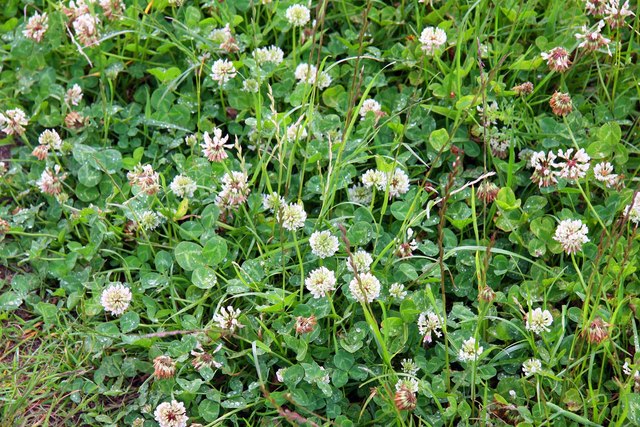
3. Wild Violets
Wild Violets can be one of the most difficult weeds to control in the lawn. While the bright purple flower looks small and delicate, Wild Violet is quite aggressive and can produce thick mats of leaves that end up depriving the rest of your lawn of nutrients.
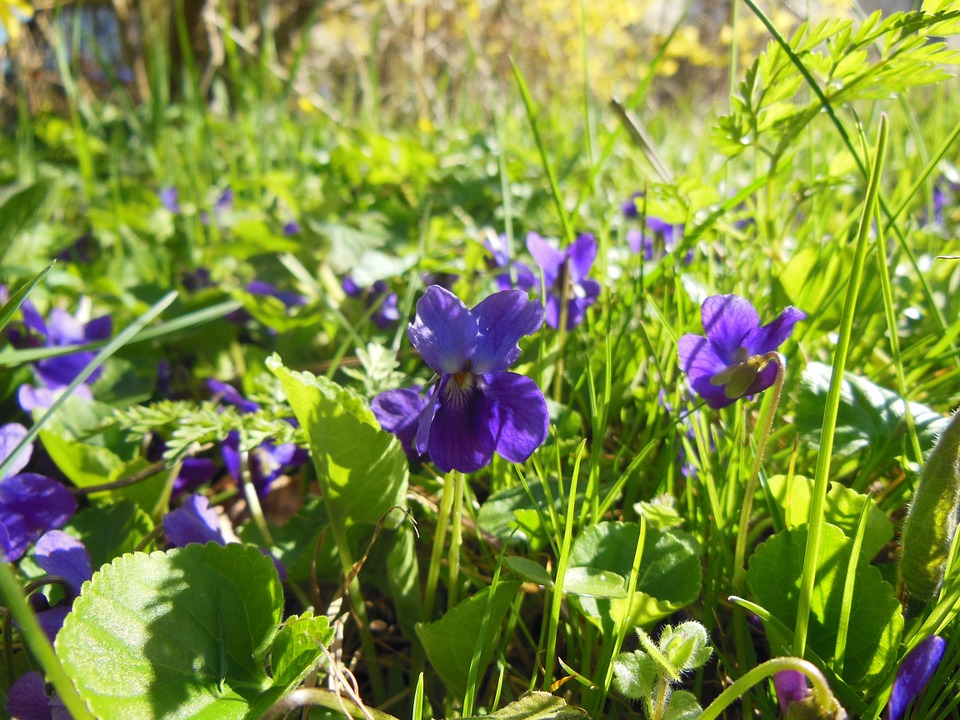
4. Corn Speedwell (aka Veronica)
This is another aggressive grower. Characterized by a four-petaled blue or white flower and a heart-shaped seed pod, Veronica is considered hard to control and incredibly invasive.
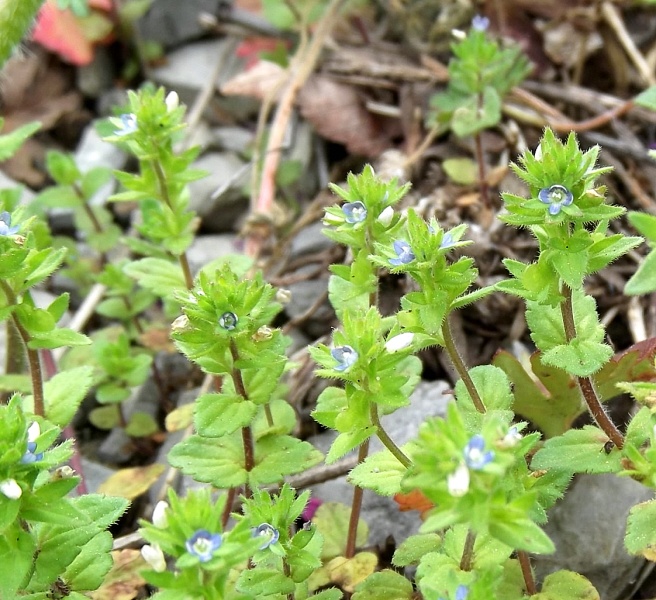
5. Crabgrass
This grassy weed is both aggressive and difficult to control. It grows in clumps and can invade large areas of turf, particularly where they might be thinned out. Crabgrass is also known to cause mayhem in areas of the lawn that have been scalped by a trimmer. It thrives in the sun.
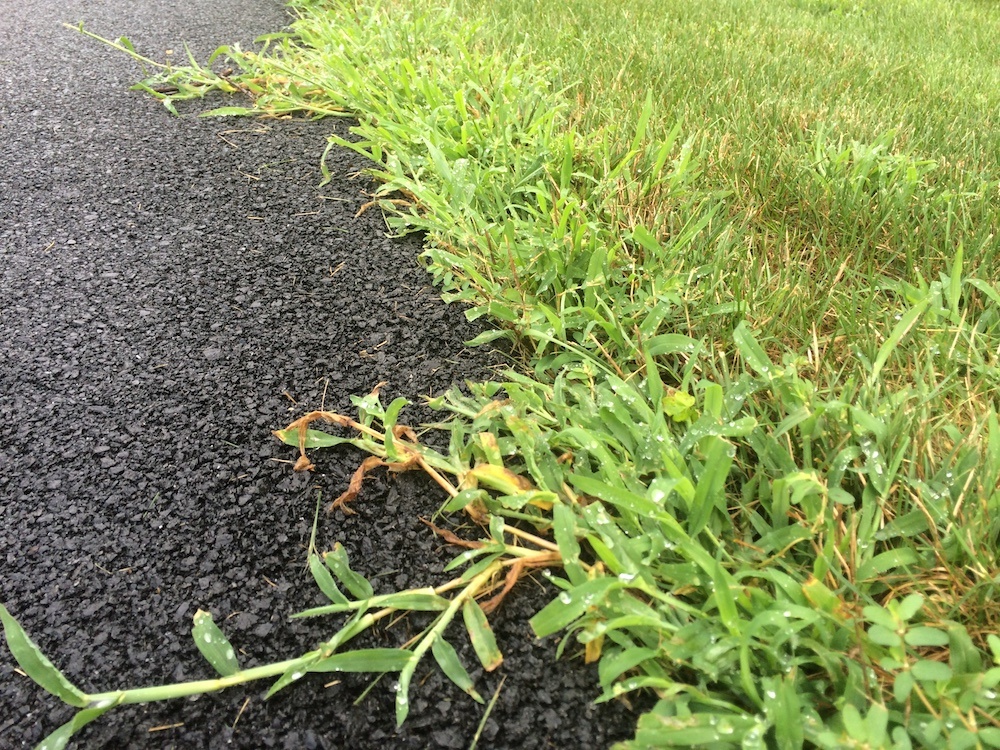
6. Hairy Bittercress
This annual weed is a member of the mustard family. It is known for spreading quickly. The leaves of Hairy Bittercress are slightly scalloped and tiny white flowers develop at the ends of its stems.
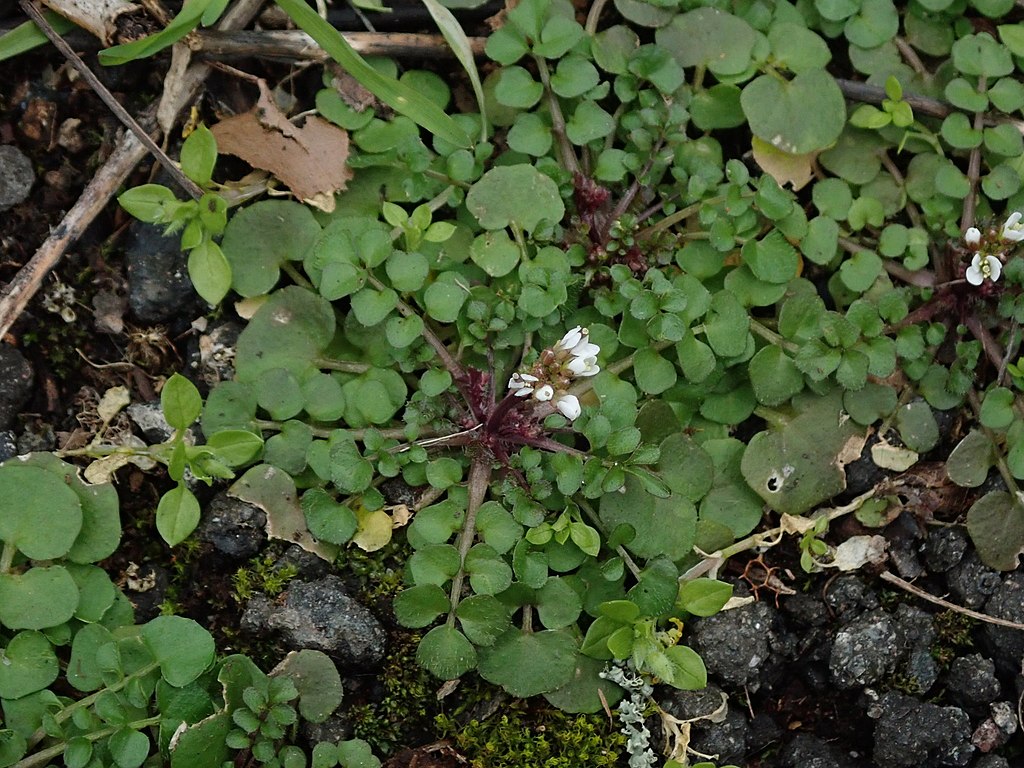
7. Lesser Celandine
Also known as “buttercup,” this low-growing, mat-forming weed is an invasive perennial. It’s most often found in moist, wooded areas, but it can also pop up in lawns. It performs best in partial sun but it’s adaptable, which allows it to spread.
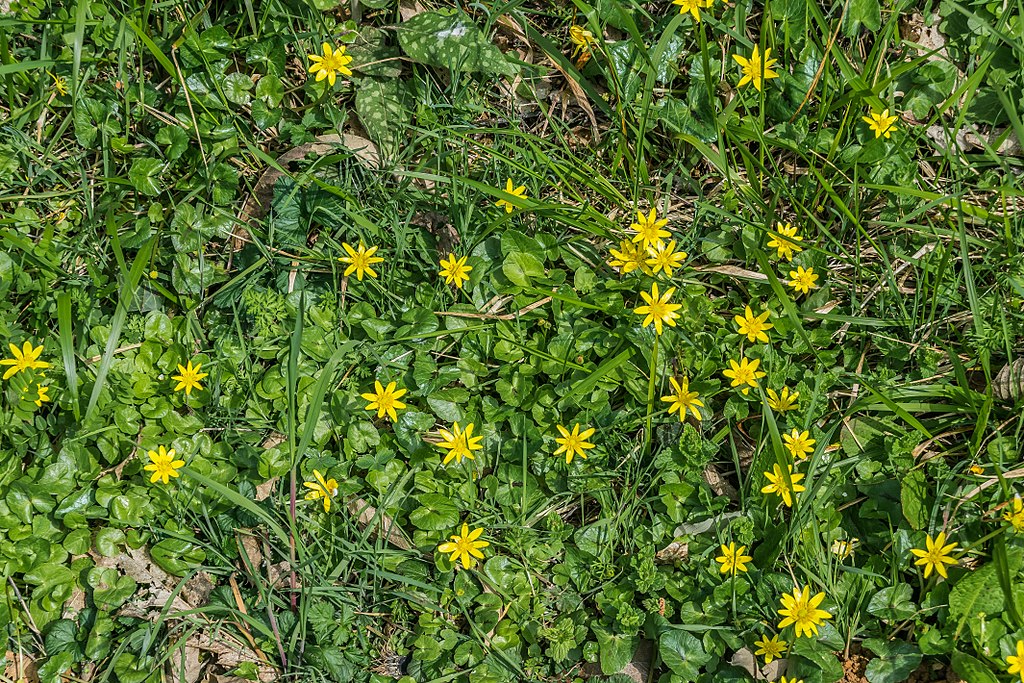
8. Nutsedge
This weed is also sometimes called “nutgrass.” It reproduces via underground tubers called “nutlets” which is where its name comes from. It’s a grassy perennial that prefers moist areas of the lawn and can grow rapidly in warm, wet weather. It can be particularly hard to control and requires specialty products.
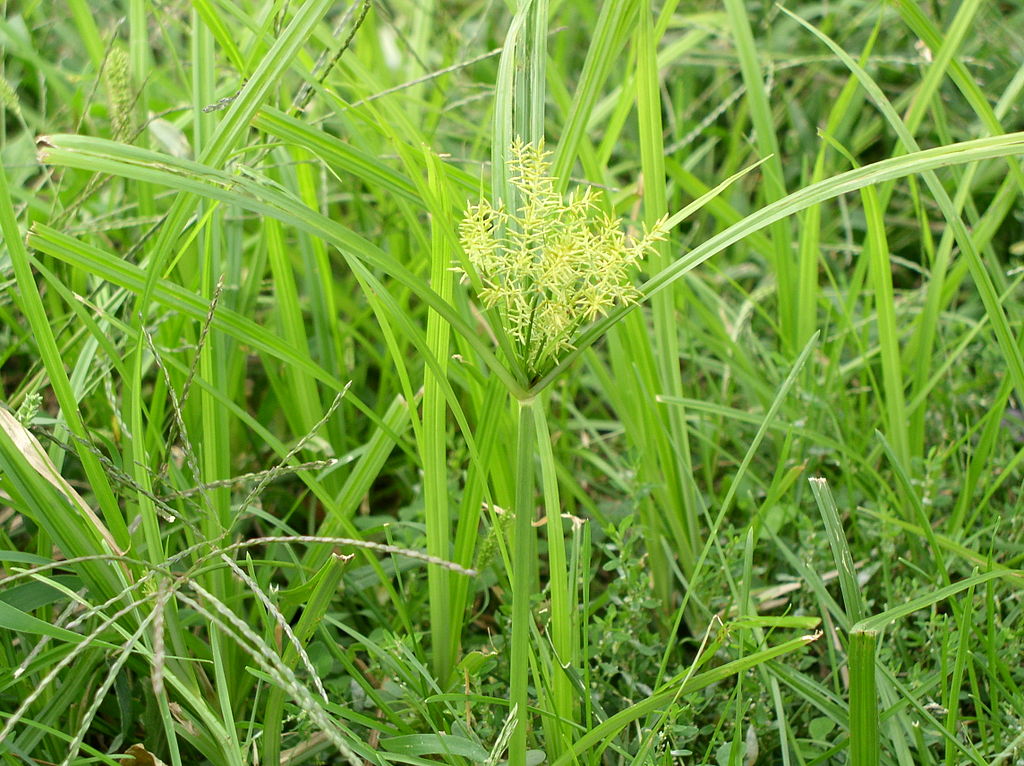
9. Black Medic
This broadleaf weed has heart-shaped leaves and yellow flowers. It sometimes gets confused for clover until its flowers pop up yellow. It can be controlled by spot-treating areas with broadleaf weed control.
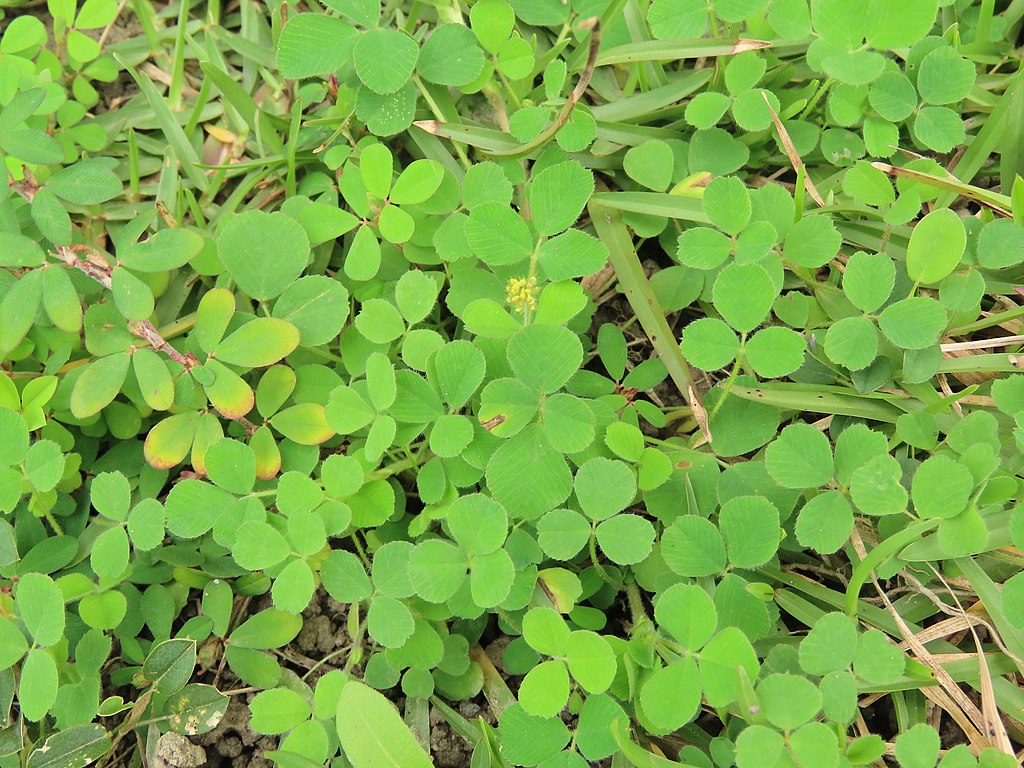
10. Chickweed
This weed is identifiable by its small white flowers and egg-shaped leaves. It can spread rapidly and it grows close to the ground. Chickweed performs best in shade and can grow in thick mats.
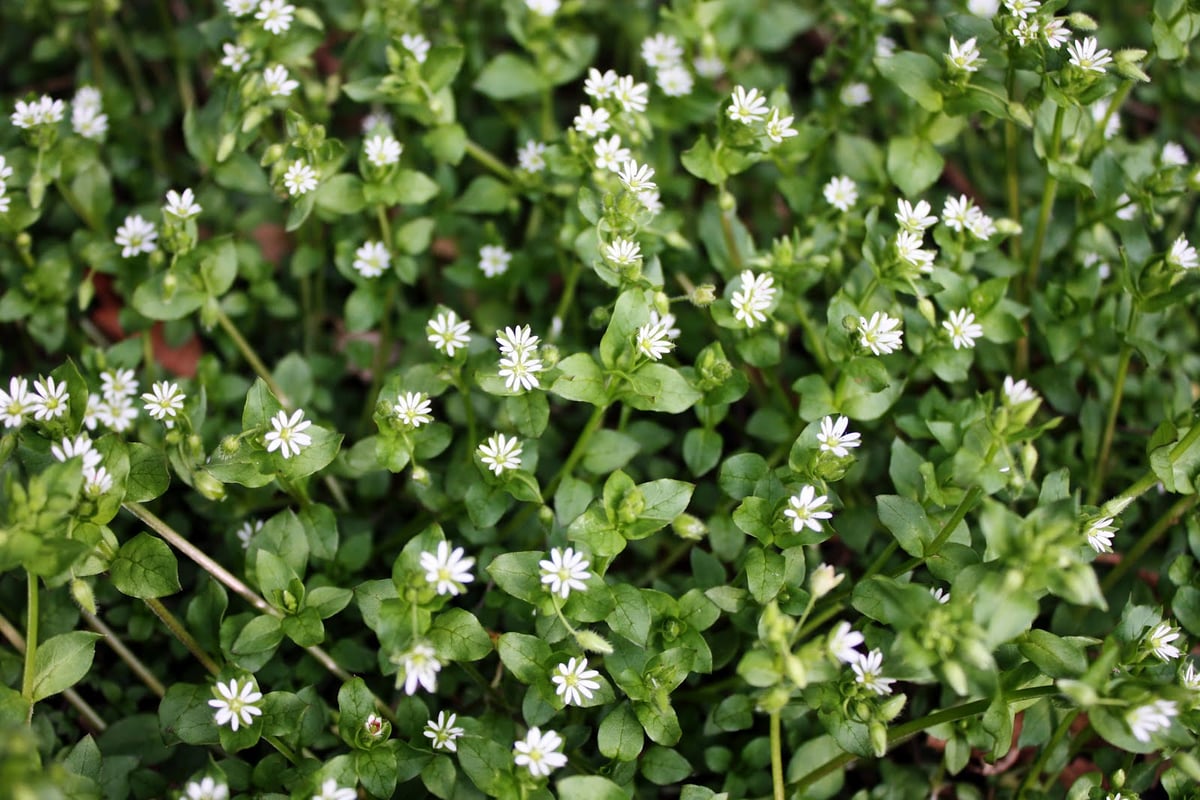
Say Goodbye to Mayhem and Take Back Control of Your Yard
If mayhem is underway with Ohio lawn weeds, you want to take back control.
Spring lawn weeds can be difficult to control but with the right approach, they can be dealt with effectively. When you invest in lawn care in Cincinnati, Dayton, OH, and Northern Kentucky, you can start to get these invaders in line.
That’s not to say that you’ll never see weeds again. Even the best lawn care programs cannot account for changes in Mother Nature. However, an effective program will help you see fewer weeds over time. This includes using different weed control products at different times of the year. How you deal with spring lawn weeds will be different from other weeds that pop up at various times.
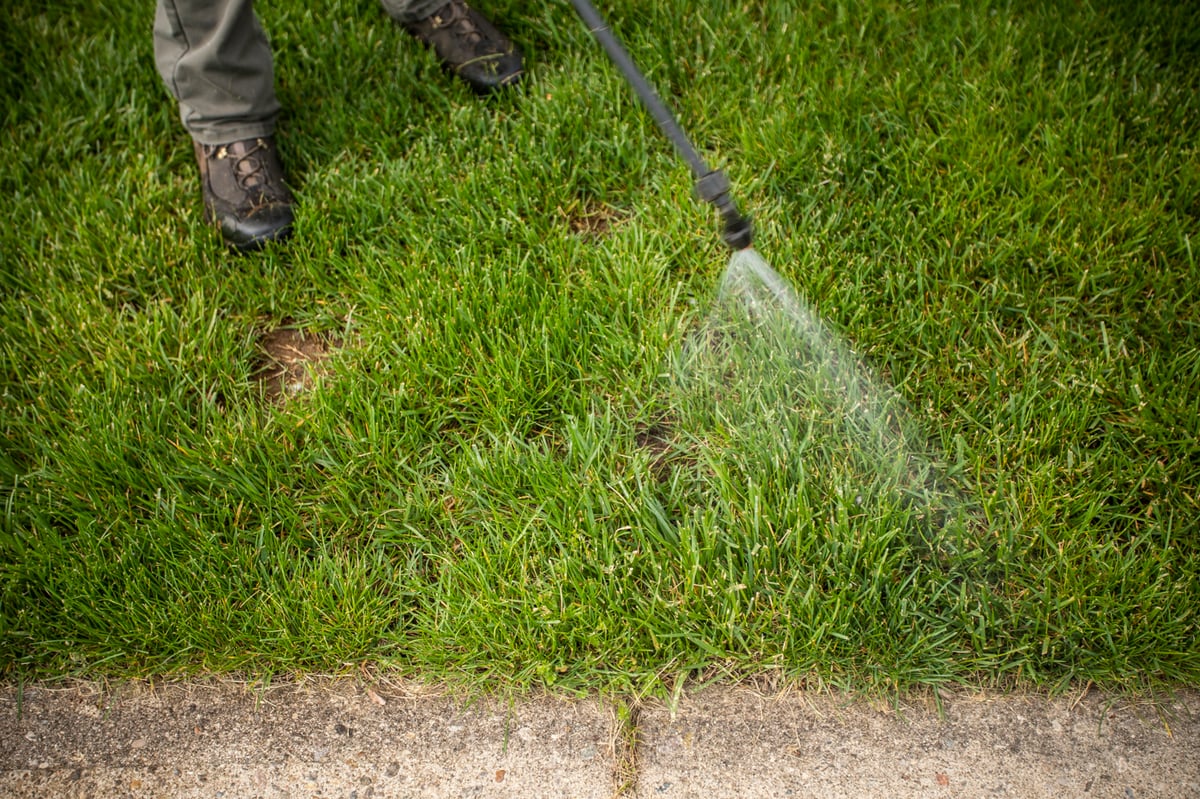
There are also some steps that you can take yourself. While the most effective way to control spring lawn weeds is through a knowledgeable lawn care service that combines expertise with professional weed control products, there are also a few things you can do on your own to control weeds.
Here are a few key tips to keep in mind.
- Mow at least 3.5 inches. Grass grows best when kept at its tallest recommended height. Healthier grass will help naturally choke out weeds.
- Don’t scalp edges. Weeds thrive in thinner areas and along hardscaped areas where grass was accidentally scalped.
- Keep your lawn well-watered. The healthier your lawn, the more natural control it has over weeds.
- Seed thinner areas in the fall. Again, a healthy, thick lawn is the best natural defense against weeds.
Choosing Lawn Care in Cincinnati, Dayton, OH, and Northern Kentucky
Some approaches to weed control are certainly better than others. Timing, as mentioned previously, is a critical factor. While some companies will apply products whenever it is most convenient for them to strike, at Oasis Turf & Tree we actually check soil temperatures throughout our service region to ensure that we’re putting product down when it will be most effective.
Once the time is right to get started, we also take a proactive approach, utilizing different products throughout the season and making modifications as they become necessary. We also invest in high-quality, professional-grade products that will ultimately be the most effective and therefore give our customers the most bang for their buck.
Rather than take a one-way-fits-all approach to lawn weeds in Ohio and Northern Kentucky, we adjust our products and our program as needed throughout the season.
It’s important that you hire a lawn care company that knows what they are doing. There is a lot to understand when it comes to weed control product formulations and timing. It’s also important that lawn care technicians are properly trained and highly knowledgeable of what they’re doing.
When you make this wise choice, you can get the mayhem under control and have order restored at your Ohio or Northern Kentucky home.
If you’d like to learn more about the lawn care programs that we offer in Dayton, OH, Cincinnati, or Northern Kentucky, request your quote, help us find the right program for you, then sit back and relax knowing you’ve made a wise choice.
Image Source: white clover, wild violet, corn speedwell, bittercress, lesser celandine, nutsedge, black medic, chickweed
